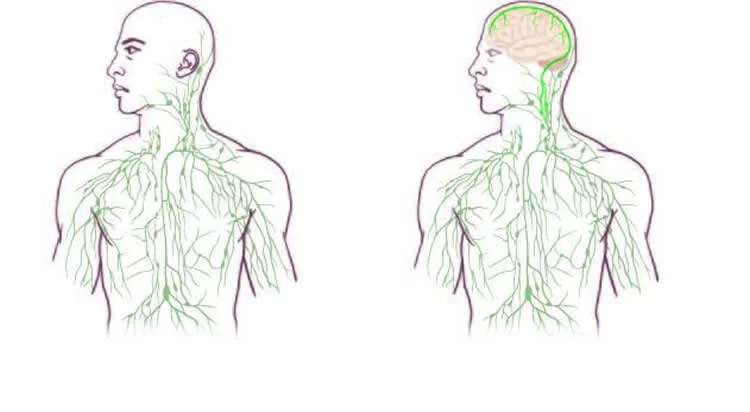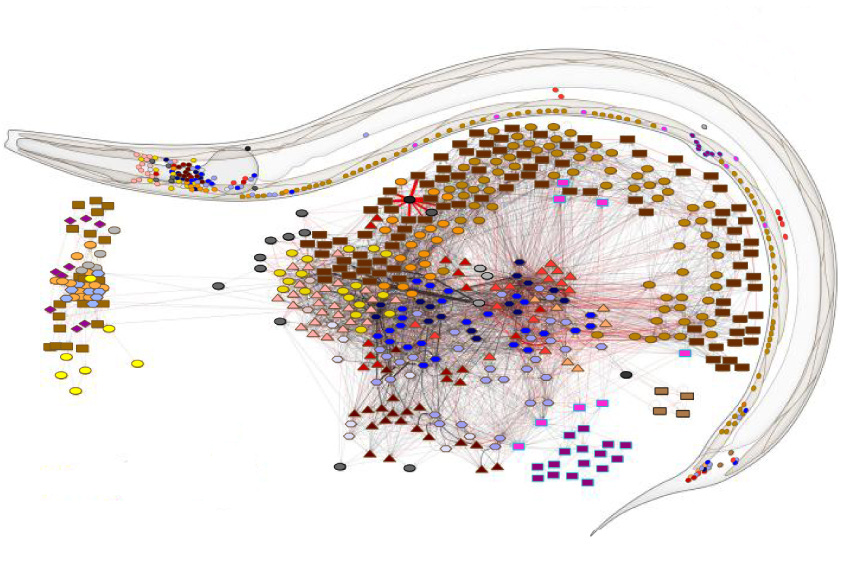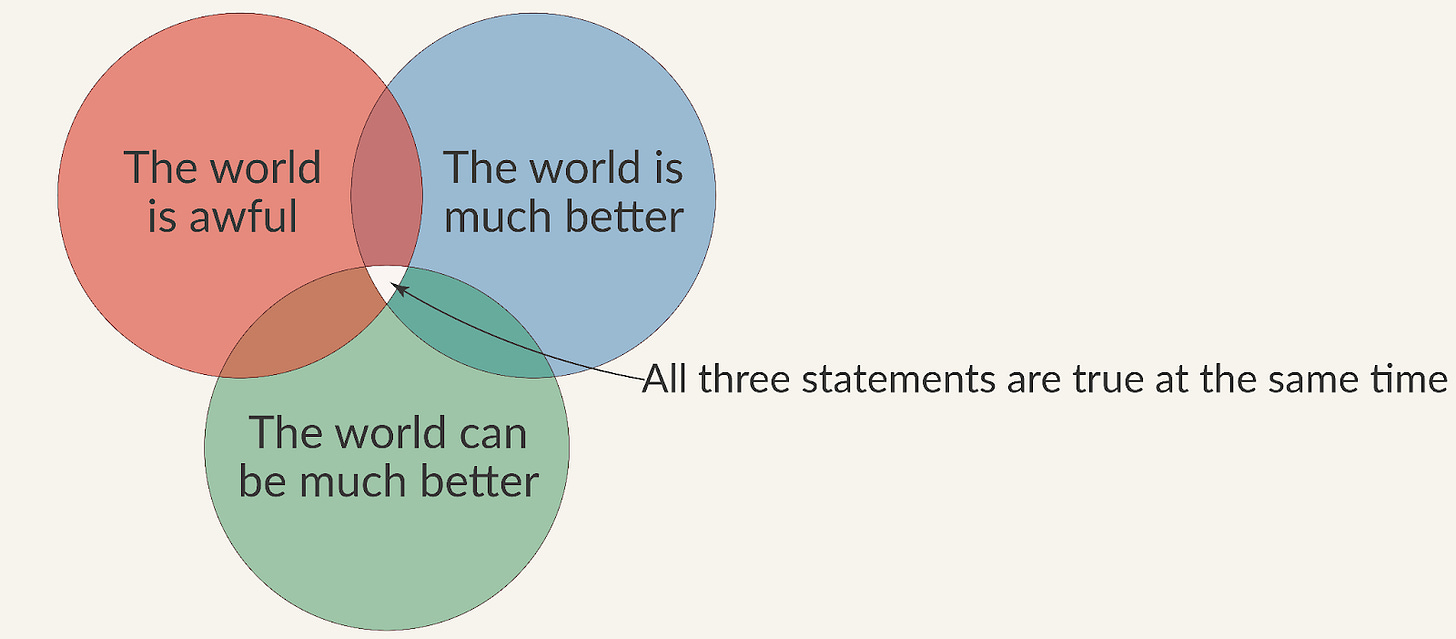A Neuroscience Progress Report
So where are we with this whole figuring out the brain thing?
Please hit the ❤️ “Like” button if you enjoy this post, it helps others find this article.
I wrote an article a while ago about how hard neuroscience is. I wanted to highlight how complex the brain is and how limited we are in our methods to study it. Trying to understand the most complicated thing we know of in the universe is tough! It doesn't help that brains are delicate (e.g. if you slice into them, they do dumb stuff like dying). Plus for ethical reasons doing certain things to them is frowned upon (e.g. slicing into them so they die).
The result is that our understanding of the brain is really vague on many points. We might know what areas are associated with a certain function (Broca's and Wernicke's areas are involved in language!), but we are far from the kind of understanding we have of, say, computer circuits. This is true of even simple model organisms like C. Elegans with only 302 neurons, or even of the 30 neuron stomatogastric ganglion that controls lobster stomachs. We just still don't fully understand these simple systems, let alone the 86,000,000,000 neurons in a typical human head.

That sounds kind of pessimistic. But there's a flip-side to this. The fact that neuroscience is hard means there's still a lot to be discovered. Neuroscience is wide, encompassing the basic biochemistry of how ion pumps work all the way up to big questions like how learning or language are handled by a lump of meat inside a skull. There's so much to know, but generally we (I include myself in this despite having a PhD in neuroscience) have no clue what our state of knowledge is in a specific domain, let alone how it's shifted recently.
A little while ago in Substack Chat, reader
(who has his own great publication, Eclectic Inquiries) asked about progress in neuroscience. It's easy to point out what we don't know, easier still to claim that progress is being made, but it's a bit harder to actually point out what progress has been made.Science journalism tends to sensationalize individual studies. The university puts out a press release, it gets picked up by science journalists (or not), a few pop-science articles make the rounds, and then it's promptly forgotten. The short time span means things are often not put in context, and they disappear from the news before (years later) it's really seen how impactful the idea ended up. So here, I wanted to pick a few interesting neuroscience developments from the last decade.
There's a lot of different topics I could have written about for this (and if this article doesn't totally flop I likely will cover them in the future). I can't write anything exhaustive (there's too much) or even pick the clearly biggest impact developments, since there's a lot of subjectivity there. But I wanted to give a flavor of some things that have happened in neuroscience recently.
As I was researching for this article, I was first drawn to some of the recent basic anatomical advances. The reason for this is simple: I think many people would be surprised we're still learning things about the basic anatomy of the brain. This I think demonstrates the meta-point I want to make with this article: Our knowledge of the brain is probably poorer than you think, but also the progress we've made recently is probably greater than you think.
New Pieces to the Brain
Neuroanatomy, as I knew it in grad school, involved following little nerve fibers (axons) around the brain to see how one area connected to another. We actually don't know where the different parts of the brain are wired up, and so there's a lot of difficult work to be done figuring it out. There are plenty of labs that do painstaking work slicing brains to follow along the thin axons of neurons to see where they go (more on that below when we talk about connectomes).
But surprisingly, there are much more basic anatomical facts about the brain that were only recently discovered. Like, new types of brain cells. In 2018, "rosehip neurons" were discovered, a type of neuron that seemingly only exists in humans. In 2020, a type of interneuron was found in primates but not mice or ferrets. In 2023, a subtype of astrocytes was discovered that facilitates widespread communication among neurons. And in 2025, "ovoid cells" were identified as a subtype of neuron related to memory. Just like how we keep coming across new types of beetles, we're still finding new little creatures in our heads.
But maybe the most surprising recent anatomy discovery comes from a series of papers from different labs between 2015-2017 where they found the brain's lymphatic system. The lymphatic system is what drains the fluid around our cells, draining waste and acting as a pathway for our immune cells to travel to different parts of the body. Prior to 2015, it was thought the brain didn't have traditional lymph vessels, and got rid of waste in other round-about ways. The lymph vessels were found in mice, and within a couple of years, in humans, overturning traditional assumptions of neuroimmunology.

This is basic science, and so researchers always have to toss in a few "why it matters" sentences: many diseases, like Alzheimer's and Multiple Sclerosis, have an immune component. Since 2015, there has been an increasing focus on the role of the lymphatic system in understanding central nervous system diseases.
All this is cool! We've learned so much! But also, it should be a bit surprising that we still have these kinds of things to learn. If you're ever wondering why we haven't figured out high-level brain functions, like how consciousness works, remember: We only found the brain's sewage system a few years ago.
Connectomes
There's a big development related to the above we have to talk about: connectomes. A connectome is a full "circuit diagram" of a brain, with every neuron and connection mapped. They certainly don't tell us everything about how a brain works, just the basic wiring, but they give clear constraints on what different parts of the brain are doing. In 1986 we got the first connectome of C. Elegans, a little worm with 302 neurons (more detail has been added to that connectome over time as we've learned more, for example, about the nature of the connections).

In the last few years there has been a huge surge in connectome work. Better analytical tools using machine learning have made mapping out the connections far easier, leading to rapid progress. Just last year, the first ever connectome of an adult fruitfly was published. This might seem kind of lame—really, just a fruitfly brain? But not long ago the only brain we had fully mapped out only had 302 neurons (and ~15,000 connections), now we have one that has 140,000 neurons (and about 50,000,000 connections). This is a really long way from us having the human brain, or even a mammal brain mapped out, but it's huge progress.
Why do we care about mapping out a fruitfly brain? Fruitflies, like C. Elegans, are common model organisms in neuroscience. It's useful to have a range of model organisms—from extremely simple roundworms to very complex primates—because we generally can use a wider range of tools on simple organisms, but the more complex ones are more similar to humans. Different species have different advantages and disadvantages from the perspective of a neuroscientist.
But once we have a connectome of a simple organism, we can do things like look at circuit motifs—certain patterns of connections that seem to come up frequently in multiple parts of the brain. If those patterns are common throughout a brain, understanding one might shed light on more general principles of how the brain solves certain types of problems.
We're working on mammal connectomes. A huge step forward was made recently, with data of the connectome of a cubic millimeter of a mouse. This might not sound like much, but 1) it's still a lot of neurons (75,000), 2) it's in a mammal, which means the brain is going to be more like a human's, and most significantly, 3) it included functional data, so not just the neurons and their connections but also information about how the firing of some of the neurons affects the others.
What about human brains? We have very little so far. We have lots of work on macro-scale human "connectomes", where we aren't looking at individual neurons and connections but major tracts within the brain, and those have been steadily getting better.
Again, even if we had a full connectome, that doesn't tell you everything about a brain. It's useful, but just gives you an idea of how things are wired up, it doesn't tell you what's going on in it. If you're expecting to be able to make a map of your brain and get uploaded to the cloud, it's going to be a while.
Where We Are
So there we have it, a few recent big advances in neuroscience—or more specifically, neuroanatomy. I originally intended to write about more "functional" neuroscience findings—my background certainly isn't in this sort of neuroanatomy. If people seem to like this, I'll write another with progress on more cognitive and/or therapeutic developments. There's a lot more to say, but even covering a handful of neuroanatomy in a cursory way takes a lot of words. But the anatomical developments seemed to demonstrate my meta-point better: We know less about the brain than you probably think, and there's a lot of progress in understanding the brain that you probably don't know about.
Without being steeped in it, it can probably feel like science is standing still—that we've been trying to figure out the same things for a long time, or seeing news headlines that seem to say for the fifth time this year we've finally figured out the neuroscience of Alzheimer's. There's a huge breadth of stuff we need to figure out, and progress in any given area of neuroscience is slow and iterative.
I hope this gives a sort of flavor of our current state of knowledge, as well as feeling hopeful about the fact that we are making progress.
Max Roser and the Our World in Data team have a very simple way of summing up (economic and social) progress in the world: "The world is awful. The world is much better. The world can be much better."
I want to say something similar about the state of neuroscience. "Our understanding of the brain is awful. Our understanding of the brain is much better. Our understanding of the brain can be much better."
Please hit the ❤️ “Like” button below if you enjoyed this post, it helps others find this article.
If you’re a Substack writer and have been enjoying Cognitive Wonderland, consider adding it to your recommendations. I really appreciate the support.




Thanks Tommy for your skill in conveying complex ideas with clarity and elegance. I'd love an update on advances in knowledge about the neuroscience of memory.
"...figuring out the brain thing" is a whole lot more interesting than trying to figure out the politics thing. Would be great if there was more figuring out the brain and less figuring out the politics. Thanks, Tommy, keep up the info flow.